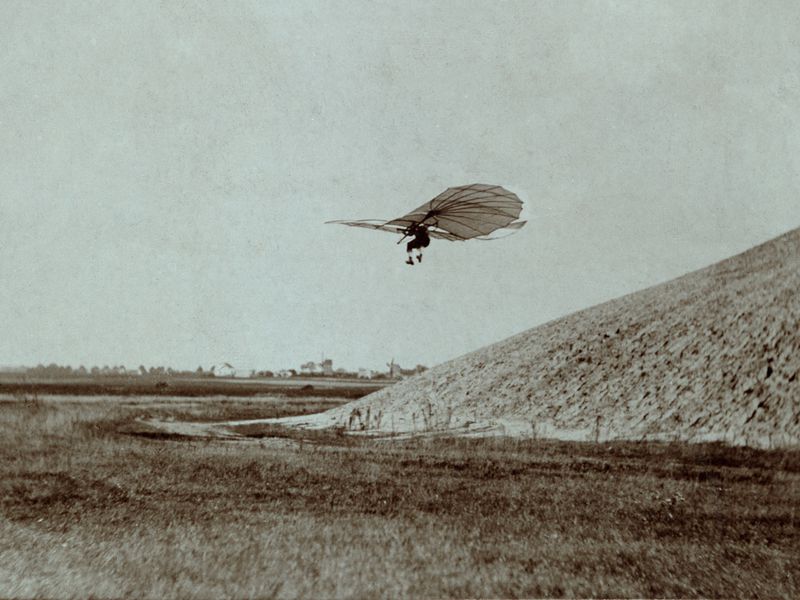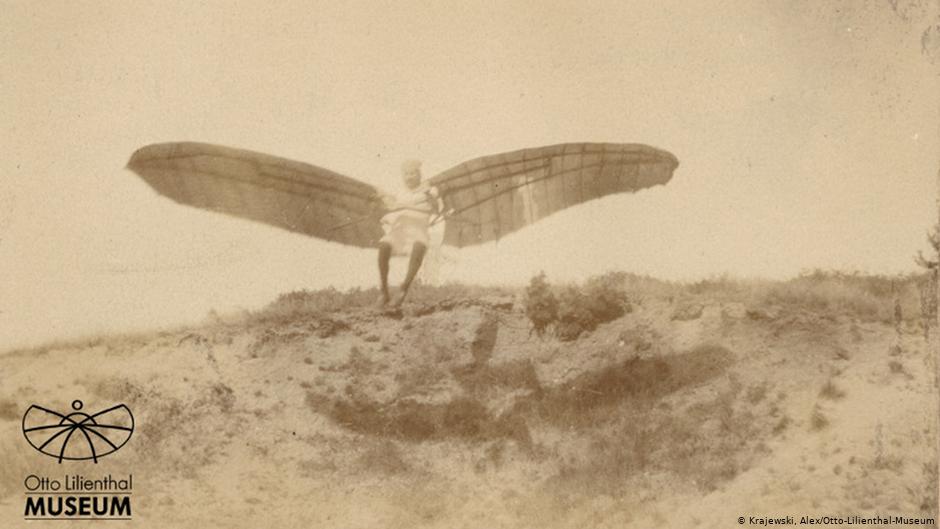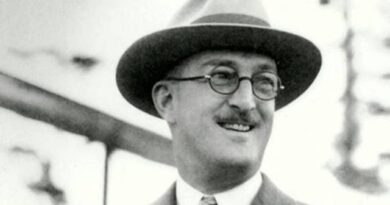Otto Lilienthal: The German Pioneer of Aviation and the Father of Modern Flight
Otto Lilienthal (1848–1896) is widely celebrated as the “Father of Flight,” a title earned through his groundbreaking contributions to early aviation. By merging scientific rigor with his visionary understanding of aerodynamics, Lilienthal’s work laid the foundation for modern aviation. His meticulous study of bird flight, innovative glider designs, and commitment to experimentation positioned him as a central figure in the quest for human flight. This article delves deeper into his life, work, and enduring legacy while incorporating advanced analysis for a scholarly audience.
Early Life and Educational Foundations
Born on May 23, 1848, in Anklam, Prussia, Otto Lilienthal’s early life was marked by a curiosity about mechanics and nature. Alongside his brother Gustav, Otto showed a fascination with flight inspired by observing birds, especially storks, which populated their hometown. These early musings on avian flight would later influence his revolutionary approach to aviation.
Lilienthal’s formal education included time at the trade school in Potsdam and the Royal Technical Academy in Berlin, where he trained as a mechanical engineer. His studies in physics, engineering, and mathematics were crucial in shaping his ability to merge theoretical aerodynamics with practical design. Additionally, his service in the Franco-Prussian War (1870-1871) offered him exposure to military engineering and logistics, which later influenced his problem-solving approach to aviation challenges.
Theoretical Breakthroughs: Bird Flight as Inspiration
Lilienthal’s early research focused on understanding bird flight dynamics. While many contemporaries speculated about flight, Lilienthal conducted rigorous scientific observations, publishing his findings in the seminal work, “Der Vogelflug als Grundlage der Fliegekunst” (Bird Flight as the Basis of Aviation) in 1889.
This treatise combined experimental data with aerodynamic theory, emphasizing the importance of curved surfaces for lift generation. His recognition of the significance of wing camber (the curved shape of a bird’s wing) was revolutionary and challenged prevailing flat-wing designs. Unlike previous theorists, Lilienthal meticulously quantified aerodynamic forces, using empirical data to inform his designs. This approach marked a departure from conjectural thinking and introduced a methodology that aligned more closely with modern scientific practices.

Engineering Marvels: Lilienthal’s Gliders
Lilienthal is best known for his construction and testing of over 16 different glider models, many of which incorporated innovations that remain relevant in modern aerospace design. Starting in 1891, he developed his first successful glider, which featured a 7-meter wingspan and a lightweight framework of cloth stretched over willow or bamboo laths. This design, weighing approximately 20 kilograms, demonstrated stability and control, critical advancements in aviation safety.
Between 1891 and 1896, Lilienthal conducted over 2,000 test flights, launching from hills and artificial mounds he constructed near Berlin. These flights provided invaluable data about stability, lift, and control. His gliders included both monoplane and biplane configurations, further showcasing his experimental versatility.
A Transition to Powered Flight
By the mid-1890s, Lilienthal recognized the limitations of gliding and turned his attention to motorized aviation. He began developing lightweight engines to power his gliders, envisioning machines that could sustain longer, controlled flights. Though his designs were at an early stage, they prefigured the powered aircraft that would emerge in the early 20th century.
The Fatal Accident and Its Aftermath
On August 9, 1896, Lilienthal embarked on what would be his final flight. Piloting one of his gliders from the Gollenberg hill near Stölln, he lost control after the glider stalled mid-air, causing a fall from a height of approximately 15 meters. He succumbed to his injuries the following day, on August 10, 1896, leaving behind an unparalleled legacy.
While his untimely death curtailed further experimentation, his contributions directly influenced key figures in aviation history, including the Wright brothers, who cited Lilienthal’s work as pivotal in their pursuit of powered flight.
Legacy: Otto Lilienthal’s Enduring Influence
Lilienthal’s work represents a transformative era in aviation history. He demonstrated that controlled, repeatable flight was achievable through systematic experimentation and scientific inquiry. His aerodynamic principles, particularly the importance of wing curvature, remain integral to modern aircraft design.
Moreover, Lilienthal’s use of public demonstrations to popularize aviation inspired both enthusiasts and engineers, fostering a culture of innovation. His contributions are celebrated worldwide, with monuments, museums, and scholarly works continuing to honor his memory. The Lilienthal Glider Museum in Anklam stands as a testament to his pioneering spirit.

Conclusion
Otto Lilienthal remains a towering figure in the history of human flight. Through his meticulous studies and daring experiments, he proved that flight was not just a dream but a scientific reality waiting to be realized. As a visionary engineer, his contributions resonate far beyond the 19th century, bridging the gap between curiosity and innovation. His work not only inspired contemporaries but continues to inform modern aeronautical engineering, ensuring that his legacy will soar for generations to come.


